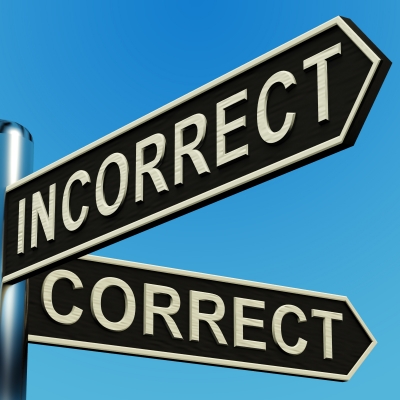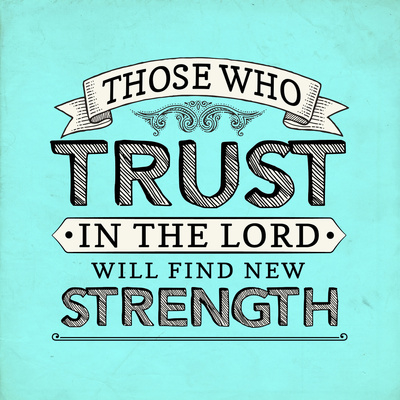The Media Just Doesn’t Get It, They are Part of the Mass Shootings Problem
“As more and more notable and tragic events occur, we think we’re seeing more compromised, marginalized individuals who are seeking inspiration from those past attacks.” Ya think? The reporter’s typical mandate—to paint the clearest, most accurate picture of an event using all available information—may, in this case, be unintentionally encouraging further crime, sociologists and psychologists…




